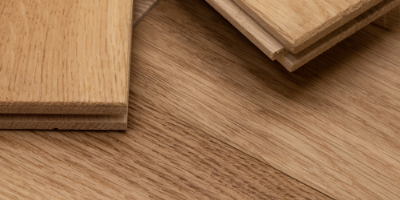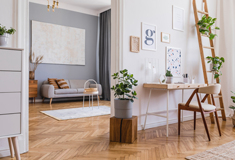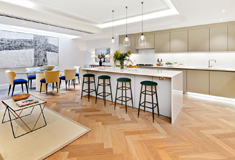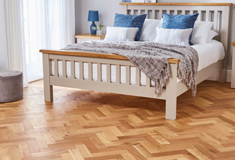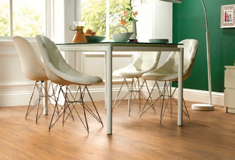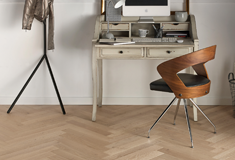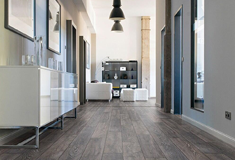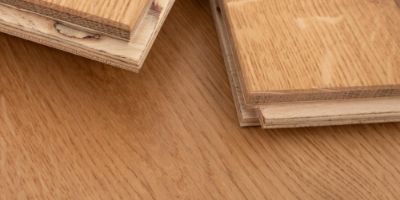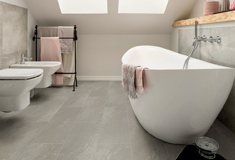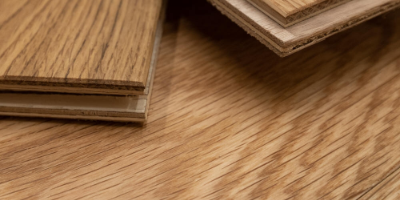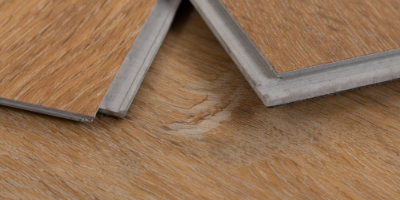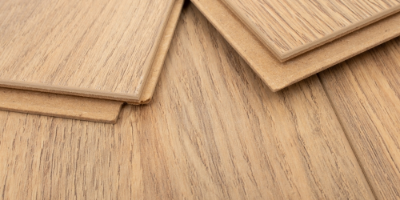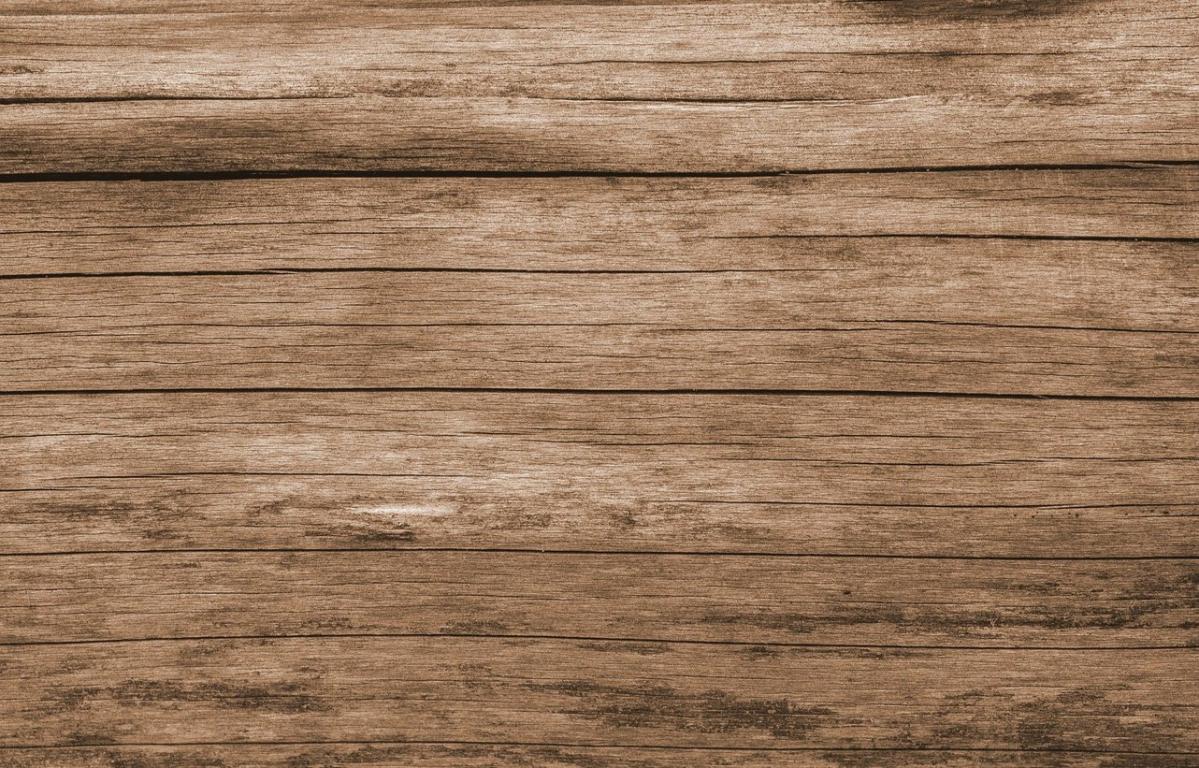What is the Bowing Tolerance of Solid and Engineered Wood Flooring?
Bowing of a wood floor is when the centre of the board is higher than the edges of the board. The opposite of bowing is cupping and this is when the edges of the board are higher than the centre of the board. These are both caused by a moisture imbalance within the planks, forcing certain areas to expand and swell.
We advise a bowing limit of 1.5% before the floor becomes problematic. So for example:
If a plank was 1850mm in length.
1.5% of 1850mm = 27.75mm
This means that if the gap between the edge of boards and the middle of the board is 27.75mm or greater, the boards should not be laid. Obviously the bowing tolerance can change depending on the length of the board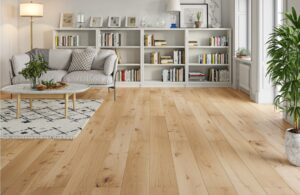
If the bowing is over the tolerance level, then we would recommend returning the flooring and replacing it with new packs. If you go ahead and install the flooring, then no flooring company will allow the goods to be returned.
How can you reduce the risk of bowling?
1) Acclimate your flooring. - This allows wood to adapt to the moisture content of environment and reduce the risk of swelling. If you install a floor without acclimatisation then the boards will bow and potentially buckle as they adjust to the new environment.
2) Leave an expansion gap. - This allows space for a board to expand as moisture levels fluctuate, therefore reducing bowing as the wood will not compress together.
3) Reduce the moisture level. - Increased moisture levels are the main cause of bowing, so by reducing the moisture level, the chance of bowing is reduced. Any standing water should be wiped up immediately and it is recommended to check for any faulty water pipes before installing a floor. If you know your subfloor has a high moisture content, then it is advised to use an underlay with a damp proof membrane to reduce the chance of moisture reaching the wood.
4) If bowing or cupping occurs, then you will have to try release the moisture from the wood by drying or airing it out. This may take the board back to its original level positioning, however if it does not, then you will have to replace the flooring.
Have Your Say
Do you have any tips to share with us? Let us know in the comments!
Remember to follow us on Facebook, Twitter, and Instagram for the latest news and discussions. We’re always finding new ways to improve our stock, so keep up to date!
The image features our: Elgin Latte Oak (EO5018).

